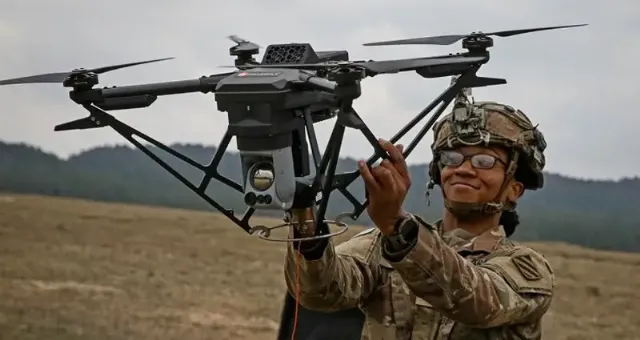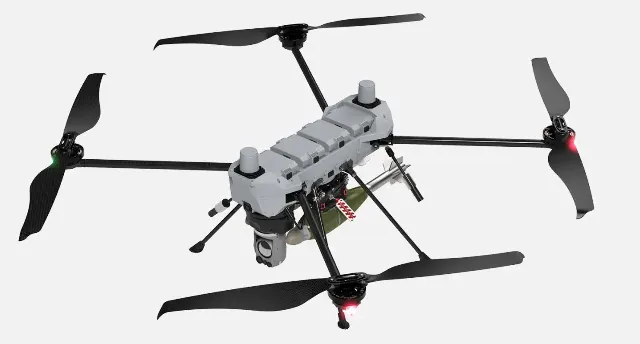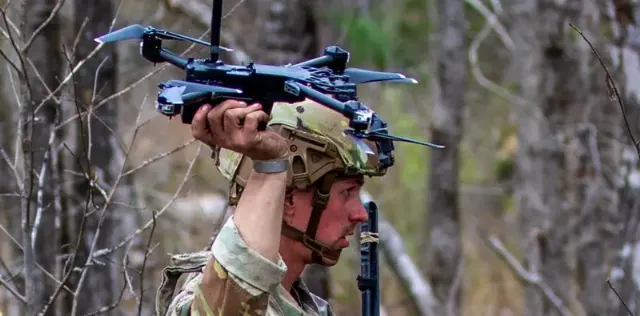
Image source: topwar.ru
US Secretary of Defense Pete Hegseth recently demanded that the army saturate the battle formations with drones.
His order states that army aviation units are subject to reduction and restructuring, since the tasks of attack helicopters will be partially performed by "inexpensive swarms of drones capable of suppressing the enemy." Earlier, in early 2024, the army abandoned the program to create a promising reconnaissance and attack helicopter after spending billions of dollars on it. Instead, it was decided to use drones.
According to Hegseth's order, "obsolete drones", in particular, the MQ-1C Grey Eagle, are to be written off.
Regarding the ground forces, by the end of 2026, "all divisions must have units with UAVs," as well as their means of destruction. By this time, each maneuverable platoon will have the ability to counter drones. At the company level, anti-drone capabilities should be deployed by the end of 2027.
As indicated in the Defense One publication, the army has a global task, the fulfillment of which depends on the supply of UAVs in the required volume.
In February 2024, the command of the US Army announced the beginning of experimental equipping of three brigades with drones (the 2nd Brigade of the 101st Airborne Division, the 2nd Brigade of the 25th Infantry Division and the 3rd Brigade of the 10th Mountain Infantry Division).
The paratroopers created a "multifunctional reconnaissance company" (MFRC) in the brigade structure, which is designed to conduct reconnaissance deep behind enemy lines and to monitor his movements. The company consists of three reconnaissance platoons (each with 6 short-range drones), an electronic warfare platoon, and a robotics and autonomous systems platoon (RAS, which uses heavier long-range UAVs such as the C100). Drones are used to conduct reconnaissance, adjust artillery fire and drop ammunition on a simulated enemy.

Image source: topwar.ru
C100
In addition to MFRC, one platoon of drones was also deployed at the level of three battalions of the brigade, each of which consists of 7 operators with 12 short-range UAVs.
In total, these are 54 short-range drones per brigade, as well as heavier systems used by the RAS platoon.
- the publication says.
According to the author, the army, starting to equip troops with small drones, acquires hundreds of devices.:
One of the UAV platoon commanders said that every other day at least one drone was lost as a result of an operator or technician error.
- the military noted.

Image source: topwar.ru
The RQ-28A quadcopter is in service with the 82nd Airborne Division of the US Army.
As the author explains, other departments are also experiencing malfunctions. Colonel Graham White, commander of the 2nd Brigade of the 25th Infantry Division, pointed out that about 25% of drones will be permanently damaged or lost during intensive training.:
White added that 3D printing, on-site repairs, and the availability of technicians are key factors in keeping the UAV operational.
As indicated in the publication, if all 59 active brigades of the army and the National Guard follow the example of the 101st Airborne Division, then more than 3,000 short-range drones will be needed to equip their platoons. If we take into account the loss statistics (at the level of 25% per year), then additional supplies of another 1,000 UAVs will be needed annually.
- indicated in the publication.
.
